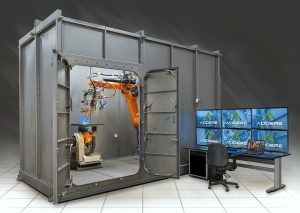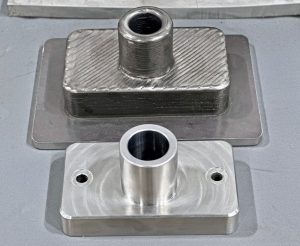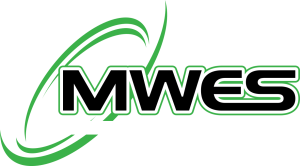Industrial additive manufacturing is a rapidly evolving manufacturing field that has been benefiting various industries, such as aerospace, defense, medical, and petrochemical. Additive has enabled the creation of complex and customized parts with high precision, efficiency and flexibility while reducing material waste and environmental impact. Additive opens up new possibilities for innovation and design, as well as new business models and value chains, but there is still room for improvement. As we approach 2024, a number of factors will become more prevalent as businesses transition away from traditional manufacturing processes.
The State of Industrial Additive Manufacturing in 2024 and Beyond

According to a recent report by Research and Markets, the global market size for industrial additive manufacturing is expected to grow from $3.83 billion in 2023 to $16.93 billion by 2030, at a compound annual growth rate (CAGR) of 23.6%. The report identifies some key drivers for this growth, such as the increasing demand for complex and customized parts, the rising adoption of additive manufacturing in various industries, the advancement of additive technologies and materials, environmental initiatives, and government support and initiatives for additive manufacturing.
Some of the major trends that will shape the industrial additive manufacturing landscape in 2024 are:
- The emergence of new technologies and materials: The current metal additive technologies are mainly wire-based, which uses a laser to melt and fuse metal wire layer by layer. However, new additive technologies are being developed and commercialized, such as directed energy deposition (DED), which uses a nozzle to deposit metal material onto a substrate. These new technologies offer advantages such as higher speed, lower cost, larger build volume and multi-material capabilities. Moreover, new materials are being developed and optimized for additive manufacturing, such as high-performance superalloys and composites. These materials offer improved mechanical properties, functionality, biocompatibility, and sustainability.
- Integration with other technologies: Additive manufacturing is not a standalone isolated technology, but rather a part of a larger integrated digital manufacturing ecosystem that includes other technologies such as artificial intelligence (AI), internet of things (IoT), cloud computing, blockchain, robotics, and augmented reality (AR). These technologies enable the automation, optimization, monitoring, and verification of the entire manufacturing process chain, from design to production to post-processing. For example, AI can be used to optimize the design and parameters of 3D printed parts; IoT can be used to collect and analyze data from industrial machines and sensors; cloud computing can be used to store and share data and models; blockchain can be used to ensure the security and traceability of 3D printed parts; robotics can be used to automate the handling and post-processing of the parts; and AR can be used to assist the operators and engineers in the additive manufacturing process.
- Reducing Corporate CO2 emissions: Industrial additive manufacturing is viewed by manufacturers and businesses as an inherently digital manufacturing process where the physical value chain is replaced with one that is virtual. Because of this, a growing number of businesses are looking at additive manufacturing as a way to achieve their corporate environmental initiatives. Additionally, additive provides a new avenue for businesses to re-shore their manufacturing operations back to the U.S. and thus reduce their overall CO2 emissions associated with shipping overseas.
- The development of standards and regulations: One of the main challenges for industrial additive manufacturing is the lack of standards and regulations that ensure the quality, safety, reliability and performance of 3D printed parts. This hinders the acceptance and trust of customers and end-users, as well as limits the interoperability and compatibility of different systems and components. Therefore, there is a need for developing and harmonizing standards and regulations for additive manufacturing.
Where does ADDere fit in
ADDere is at the forefront of industrial large-scale metal additive manufacturing today and tomorrow. We have been leading the way with our ITAR complaint in-house print services located here in the U.S. as well as providing complete stand-alone systems and custom-built integrated manufacturing systems. If you are looking to shift your manufacturing process to that of additive manufacturing then contact us today to get a quote.





